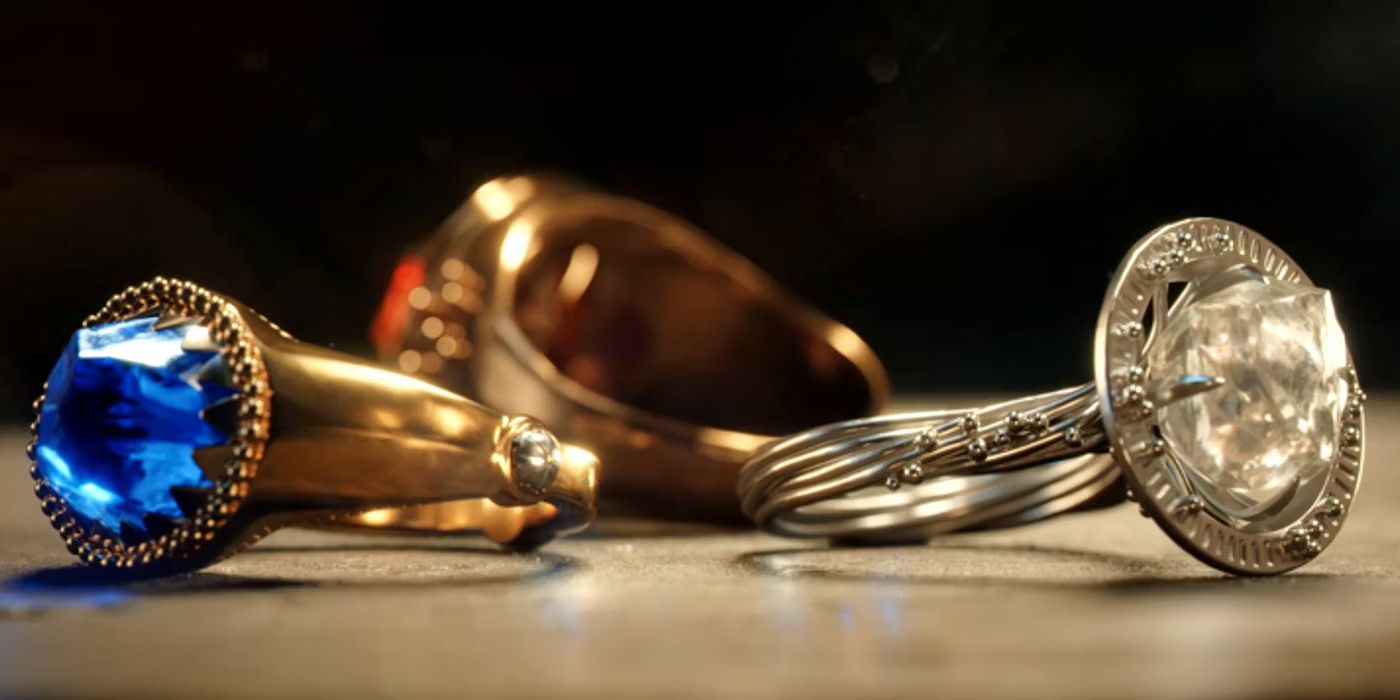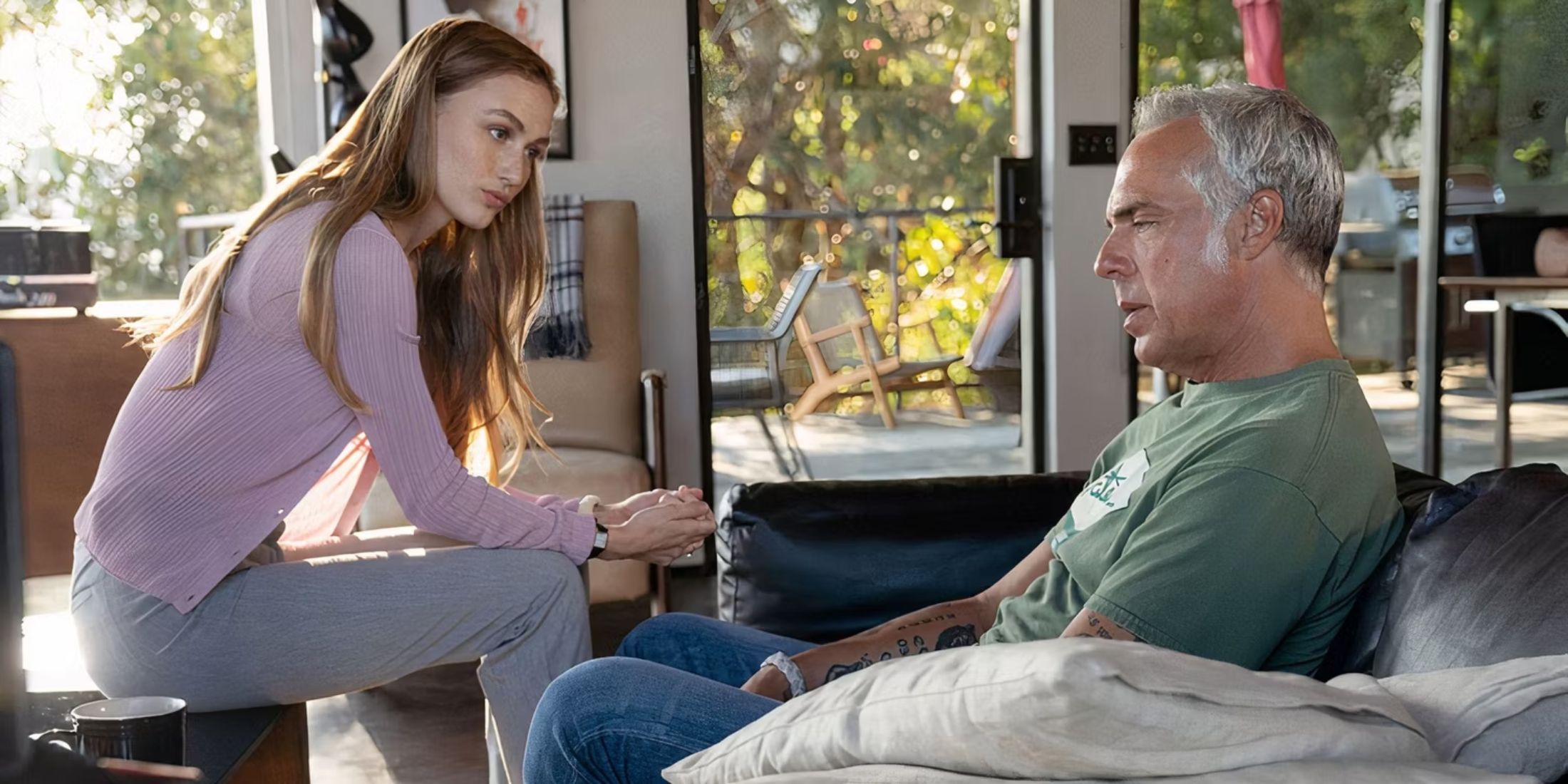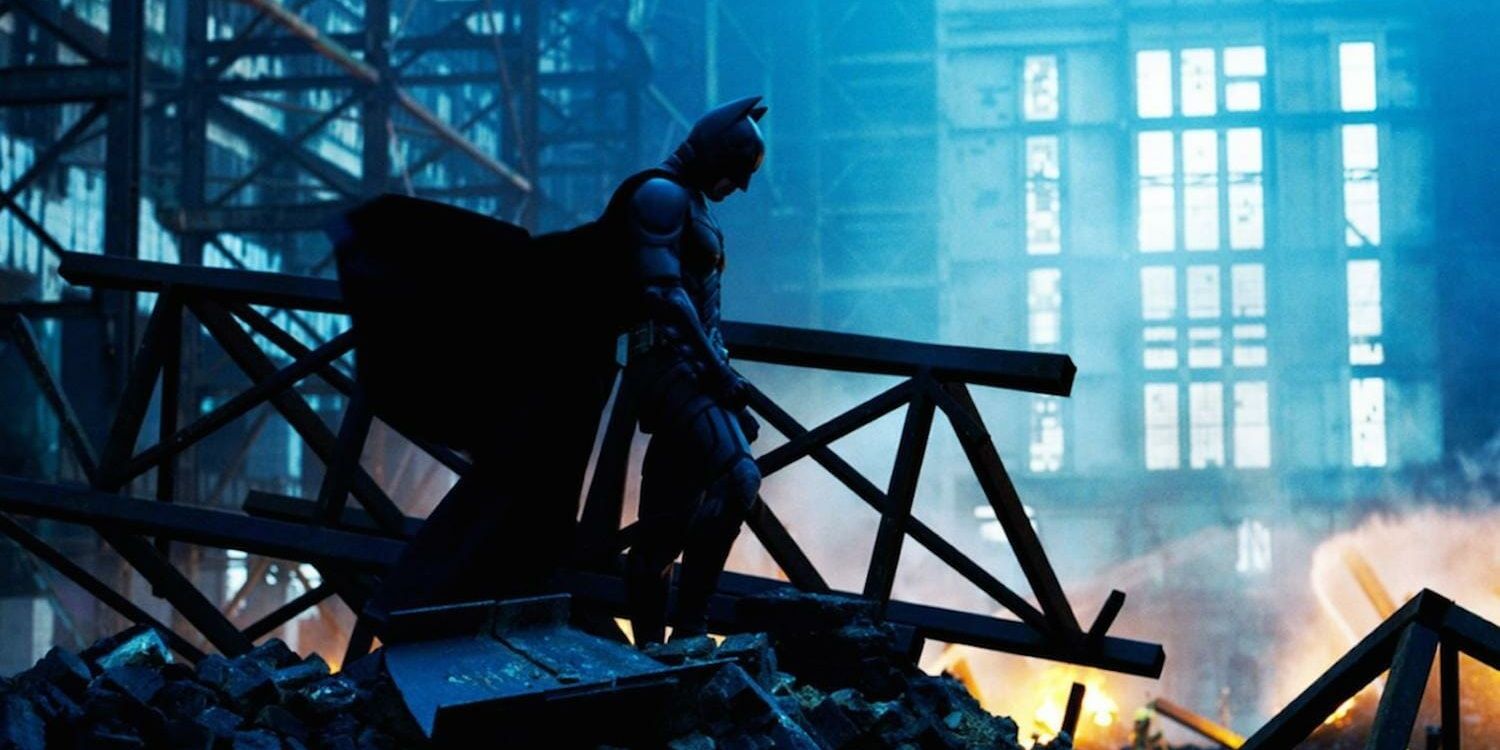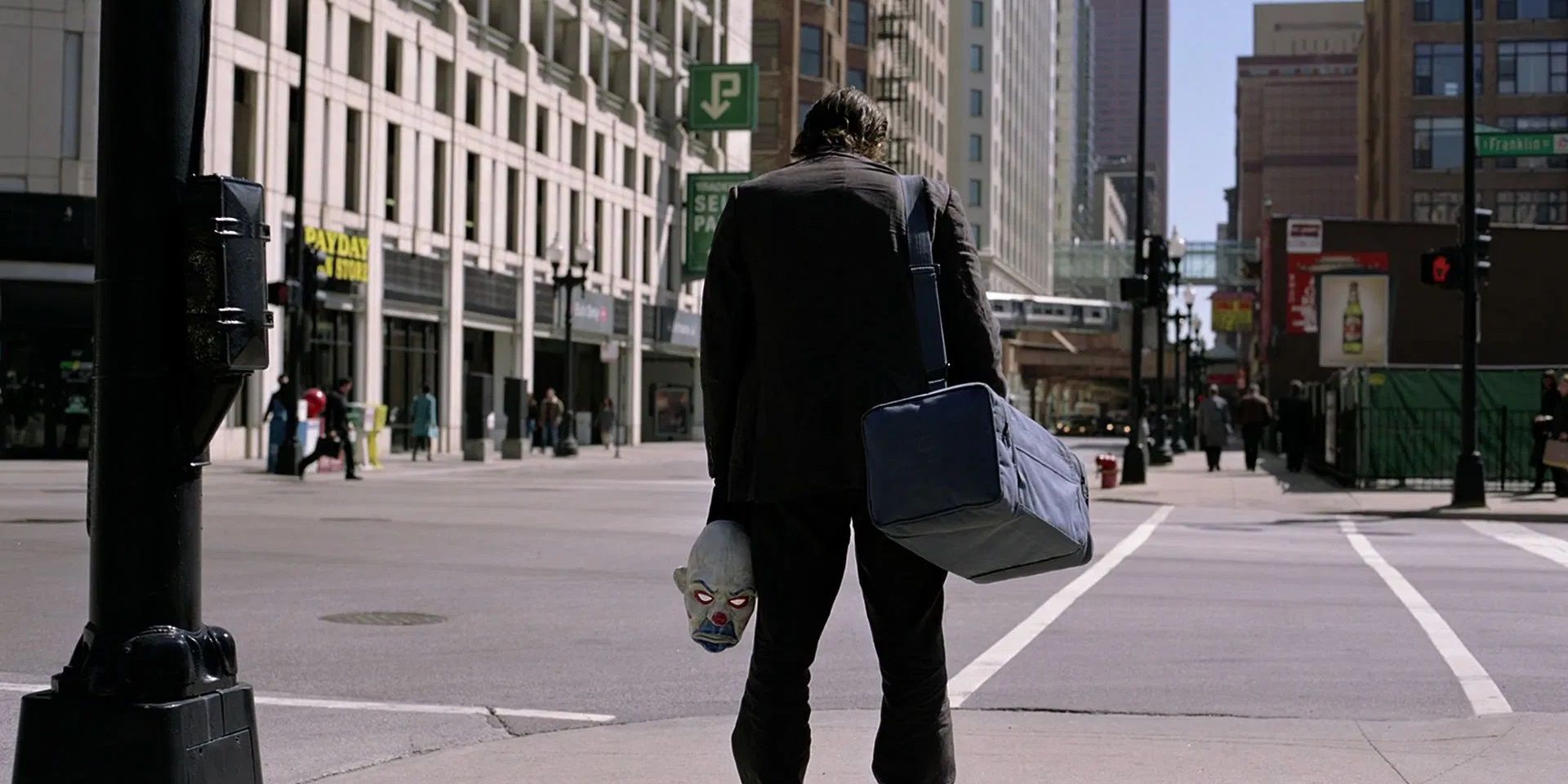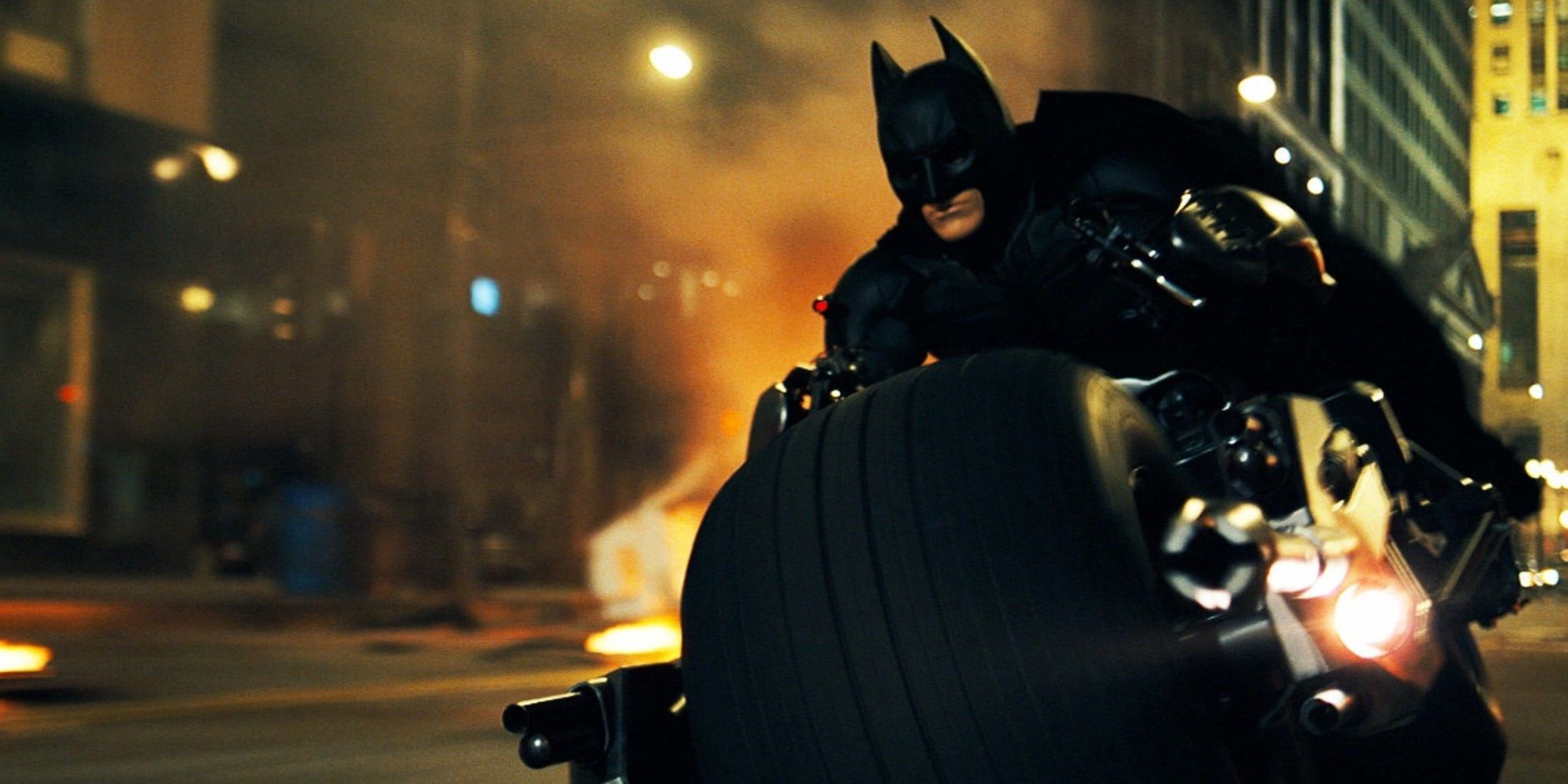13 years and two Batmen later, Christopher Nolan’s The Dark Knight remains the ultimate Batman movie. With Heath Ledger’s Oscar-winning performance as the Joker and some of the greatest IMAX action sequences ever shot, The Dark Knight is not only the greatest Batman movie of all time; it’s one of the greatest movies ever made. Tim Burton’s gloomy expressionist Batman movies were groundbreaking gems that redefined Bruce Wayne and there are a couple of great animated features about the Caped Crusader, but The Dark Knight is the movie that best encapsulates the Batman character and what makes him tick.
The atmospheric, noir-tinged trailers for Matt Reeves’ The Batman suggest that the franchise is in very safe hands with the Cloverfield director. Fans are excited to see Robert Pattinson’s brooding take on a relatively inexperienced Batman and, frankly, the less their take tries to directly emulate Nolan’s movies, the better. But there are still a couple of crucial lessons that The Batman and all of the Bat’s future big-screen outings can learn from the successes of The Dark Knight.
For starters, a Batman movie is only as good as its villain. Batman has one of the most iconic rogue’s galleries in comic book history, and to see the opportunity to translate any of those icons to the big screen squandered – like Batman & Robin’s triple whammy of Mr. Freeze, Poison Ivy, and Bane – is heartbreaking. A huge part of what makes The Dark Knight the ultimate Batman movie is its villain. Heath Ledger’s Joker is regularly ranked as the greatest on-screen portrayal of a Bat-foe, the greatest on-screen portrayal of a comic book supervillain, and one of the greatest villains in movie history in general, alongside Nurse Ratched and Darth Vader. The Joker poses a psychological threat – it’s always interesting to see the Bat face an enemy he can’t defeat with brute force alone.
Ledger collaborated closely with Nolan to bring the most terrifying Joker of all time to the screen. Ledger took cues from Malcolm McDowell’s harrowing portrayal of the sadistic Alex DeLarge in A Clockwork Orange, while Nolan’s writing and direction positioned the Joker as a grand metaphor for the fear and threat of terrorism in a post-9/11 America. This incarnation of the Joker was brought to life so effectively that he’s seared into audience’s brains. Two Jokers later, no actor has come close to topping Ledger’s hypnotic performance.
In addition to giving audiences one of the best ever representations of Batman and the Joker’s opposites-attract dynamic, The Dark Knight nailed another key aspect of Batman stories: its depiction of a crime-ridden Gotham City. After opting for a more Burtonesque Gotham with steampunk gothic visuals in Batman Begins, Nolan was inspired by Michael Mann’s gritty noir-infused take on Los Angeles in his crime epic masterpiece Heat to present a more realistic Gotham in The Dark Knight. Shooting around Chicago, Nolan turned Gotham into a grounded, authentic modern American city.
Also, a major factor in any Batman movie is its action. The Dark Knight has plenty of action set pieces that show off the character’s varied arsenal of gadgets and vehicles, like when he extracts Lau from a skyscraper with a plane or when he leaves the rest of the Tumbler behind and takes off on the Batpod. Nolan used IMAX cameras to realize some of the most spectacular action sequences ever filmed, like the breathtaking opening bank heist. The movie has minimal CGI, because Nolan uses practical methods wherever it’s possible. For the scene in which Batman flips an 18-wheeler on its head, the stunt team flipped an 18-wheeler on its head. For the scene in which the Joker blows up a hospital, the special effects team blew up an abandoned building dressed up to look like a hospital.
One area in which a lot of Batman movies stumble – and The Dark Knight excels – is in the secondary villain. Since Tim Burton introduced the Penguin and Catwoman in Batman Returns, almost every Batman movie has had two major villains. But in a lot of these cases, the secondary villain feels perfunctory or tacked-on. Nolan himself did this with Talia al Ghul in The Dark Knight Rises, a rare example of a tertiary villain. The Dark Knight uses its secondary villain effectively, as turning Harvey Dent into the amoral, murderous Two-Face is crucial to the Joker’s plan to destroy Batman’s optimistic ethos.
The ultimate takeaway from The Dark Knight is its definitive portrait of Batman himself. The Joker upstages Batman in a lot of his scenes, because Ledger’s performance is so mesmerizing, but The Dark Knight uses the Clown Prince of Crime’s reign of terror to create the quintessential character arc for Bruce Wayne. The Joker claims to be an agent of chaos, but he does have an agenda: he wants to prove to the citizens of Gotham that law and order is an illusion. He does so by demonstrating that the police are ineffective against his army of goons and corrupting Harvey Dent, but his ultimate goal is to remove the city’s last shred of hope by getting Batman to break his only rule.
Zack Snyder and Ben Affleck’s subsequent take on Batman was initially promising: Affleck nailed the rage simmering beneath the surface of a grizzled, aging Bruce Wayne’s false identity, but we only got to see it in glimpses as Snyder was more interested in showing off his shotgun-toting Batman than exploring the broken man behind the mask. With The Dark Knight (and the other movies in his trilogy), Nolan made sure to spend as much time with Bruce Wayne as Batman in order to depict both sides of the coin and contrast them with each other. Bruce is faced with a barrage of ideological crises throughout The Dark Knight as the Joker gets in his head and makes him question every decision he’s ever made. A villain – especially the Joker – taking over Bruce’s life, consuming all his thoughts, challenging his moral code, is the ultimate Batman story. Batman’s sacrifice in the film’s unforgettable final scene, taking the fall for Dent and vilifying himself to preserve Dent’s image as Gotham’s symbol of hope, is the kind of sacrifice only Batman can make.

